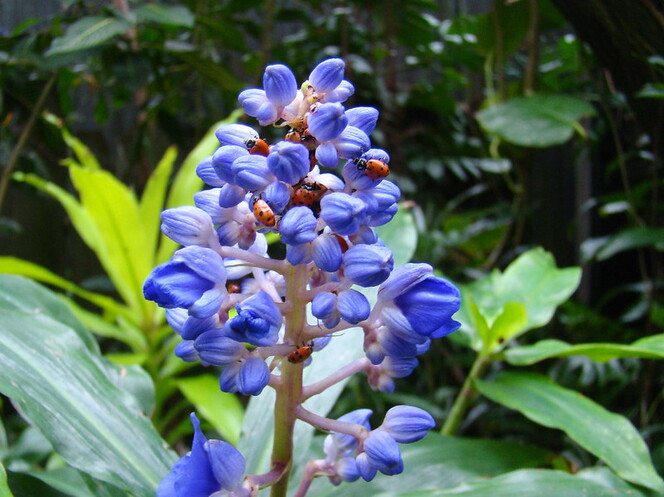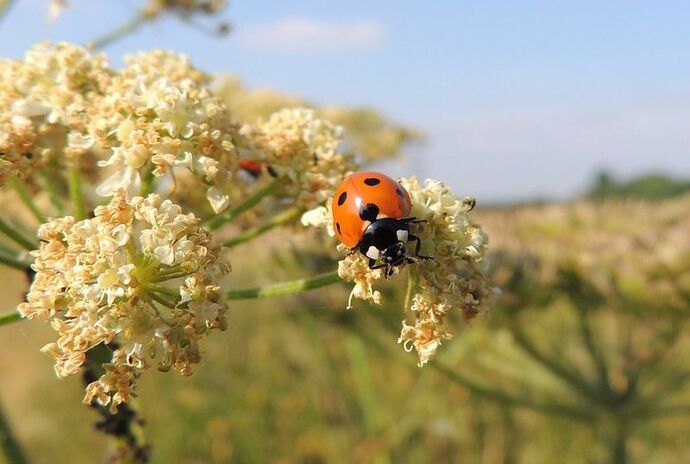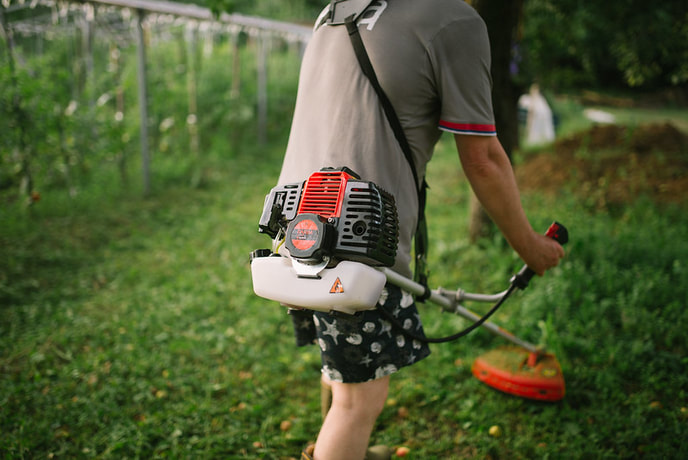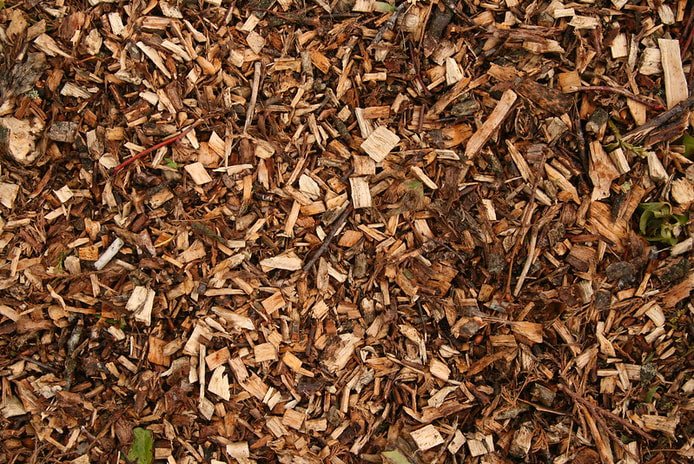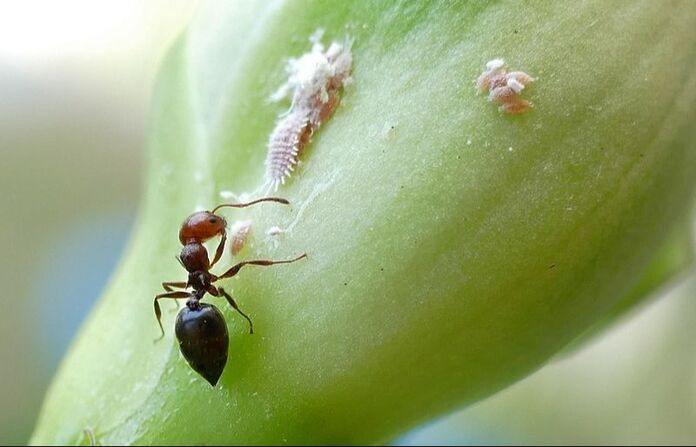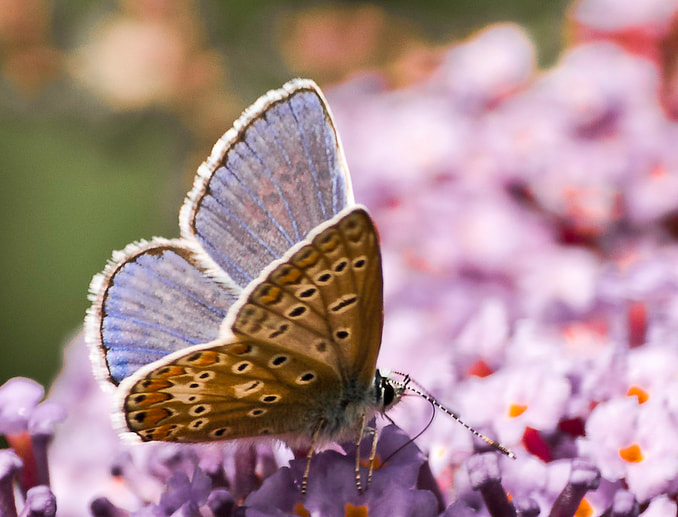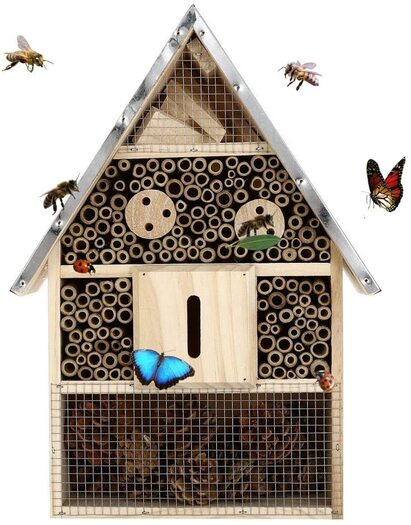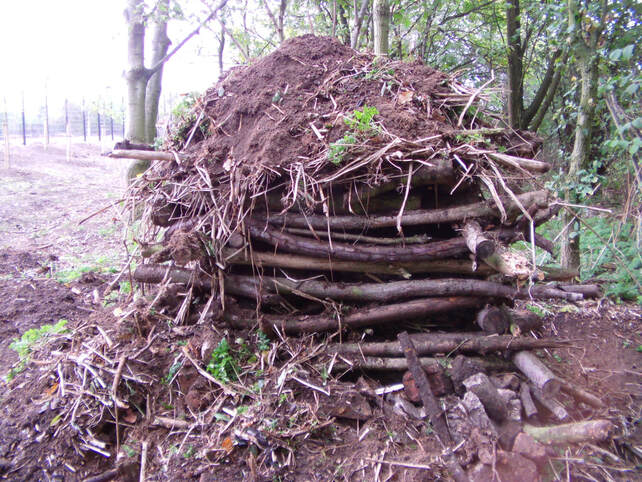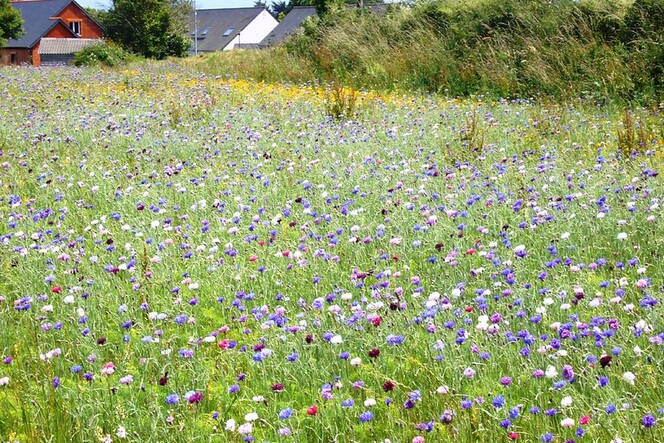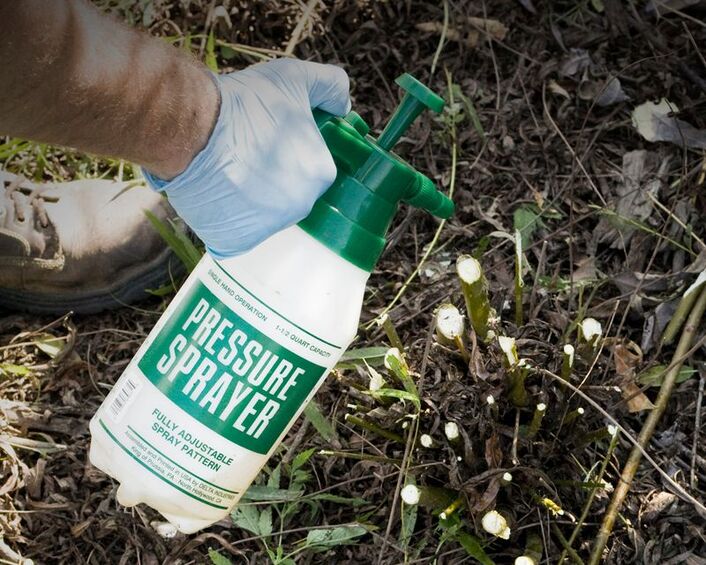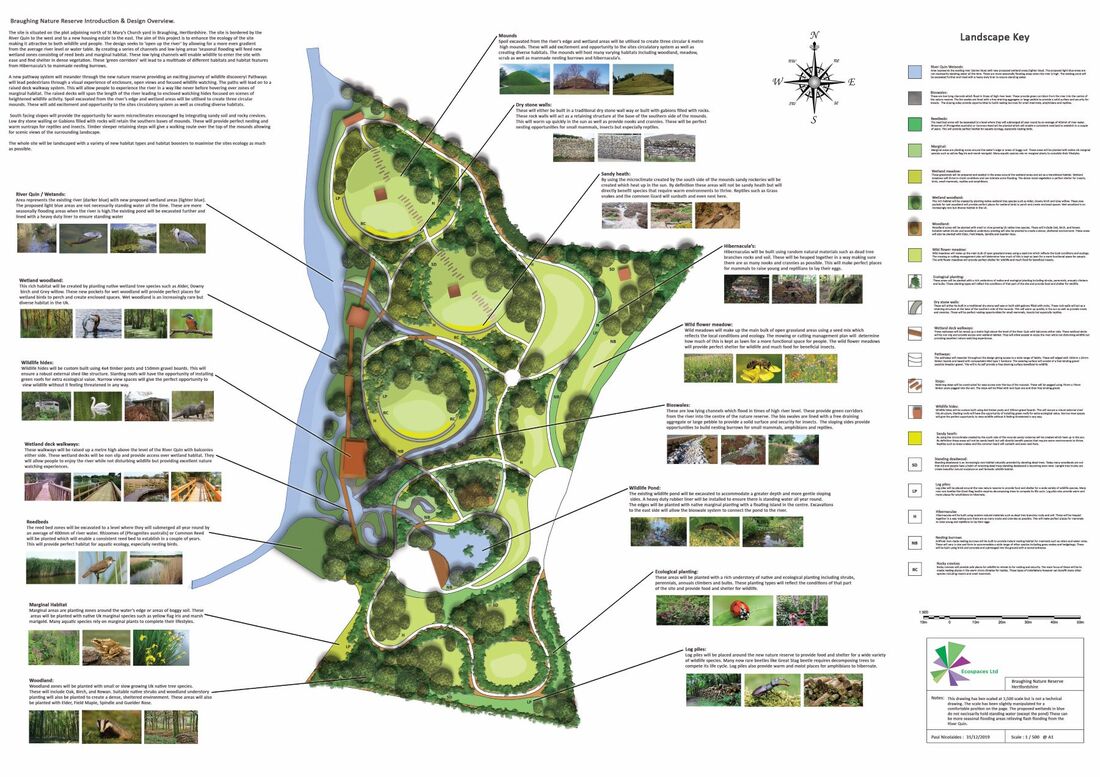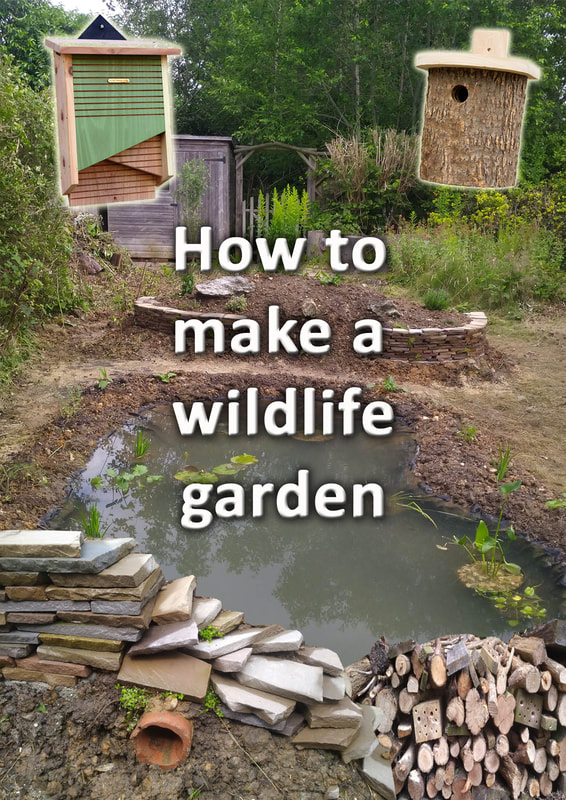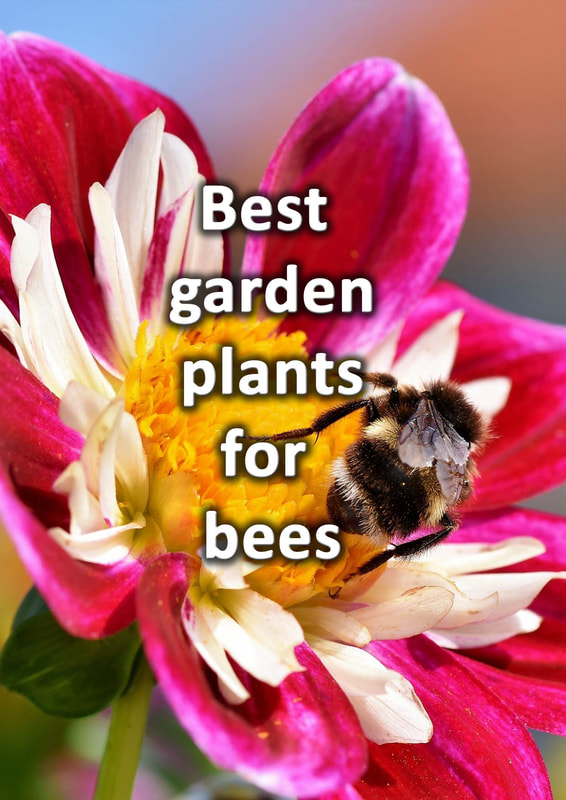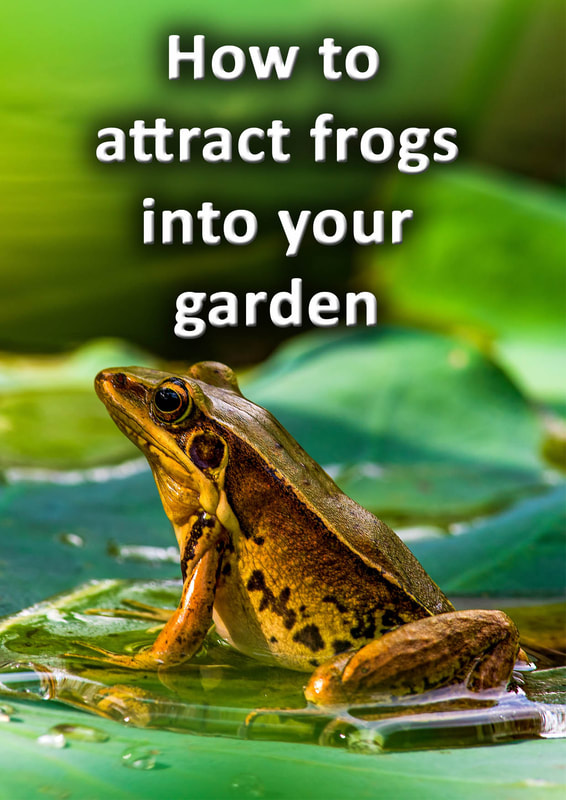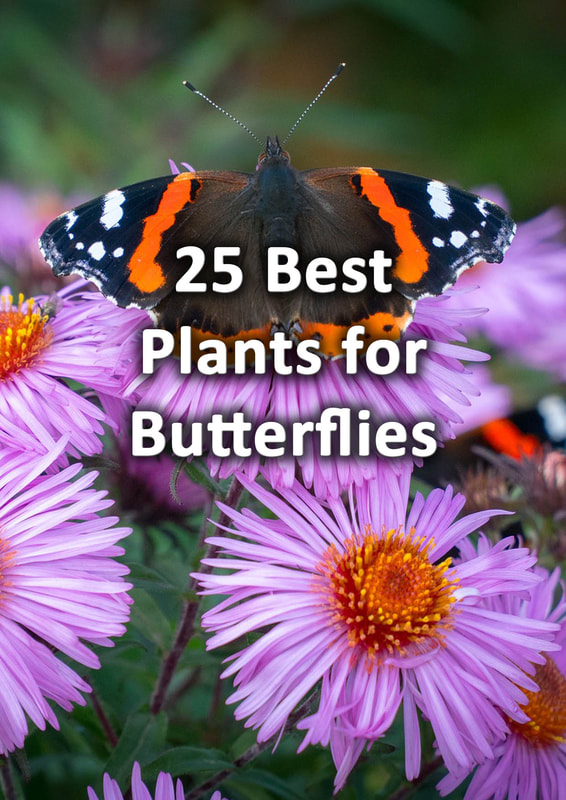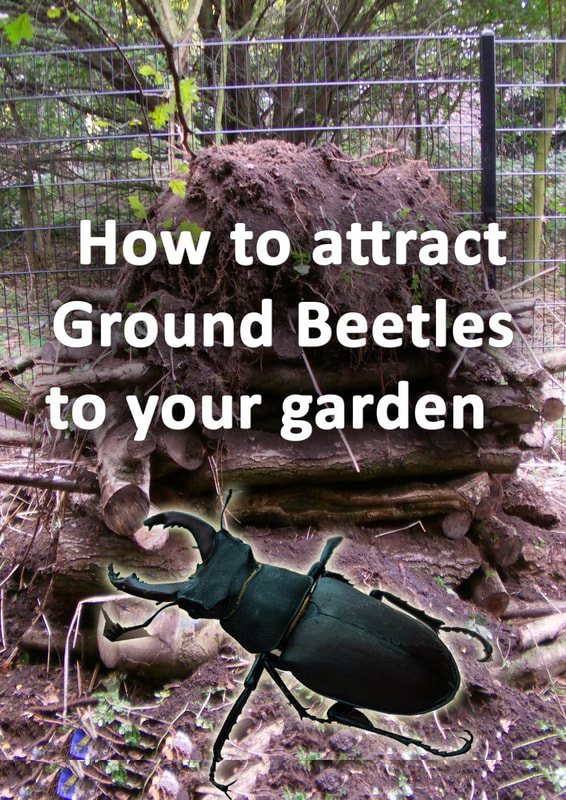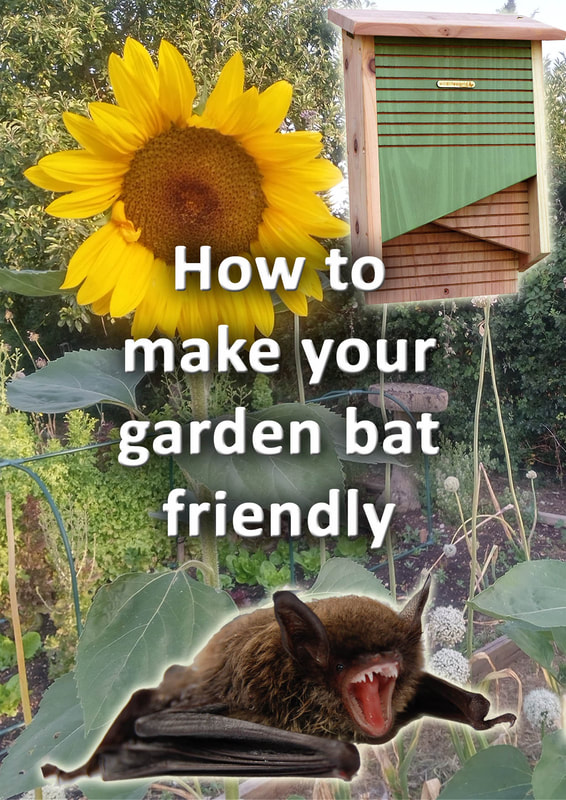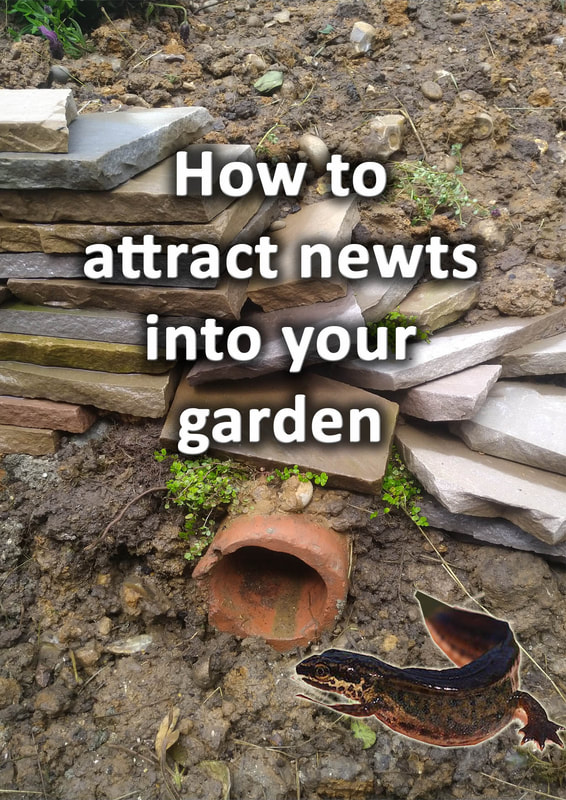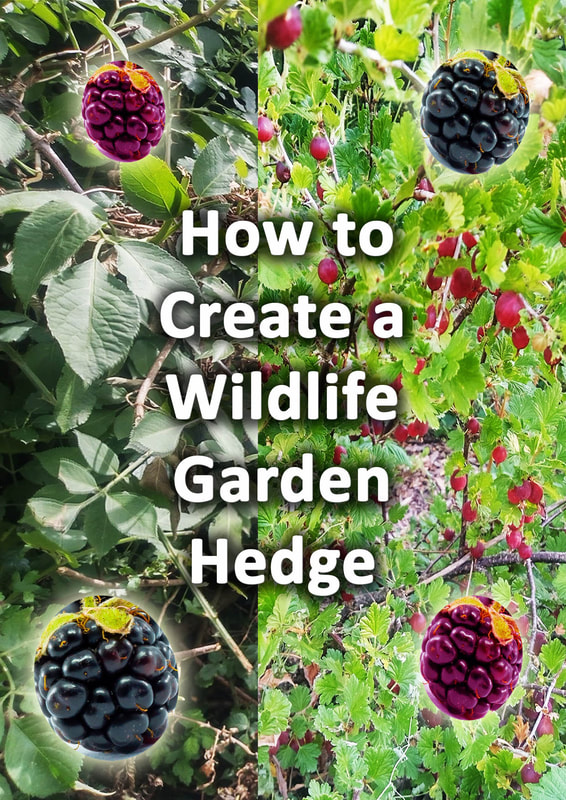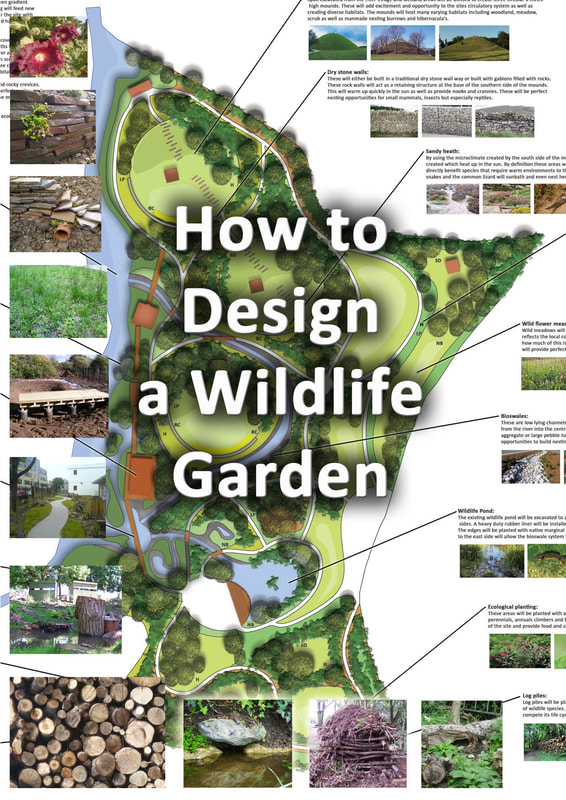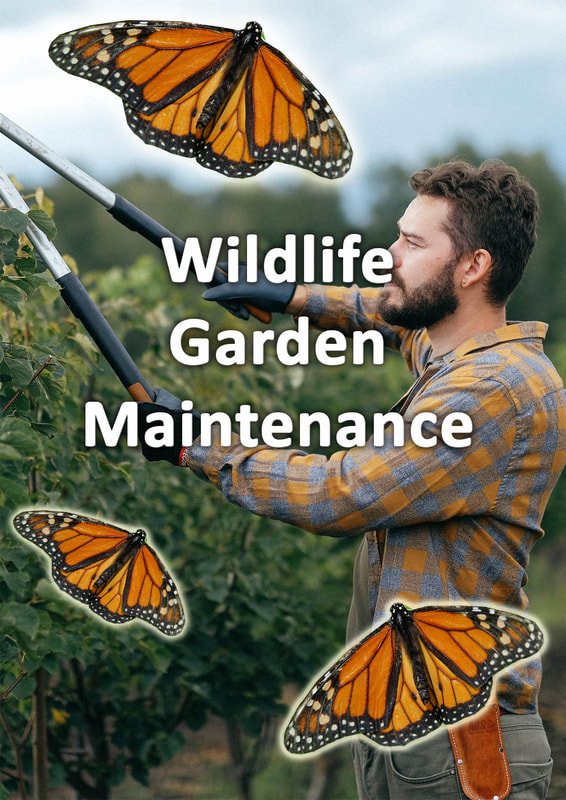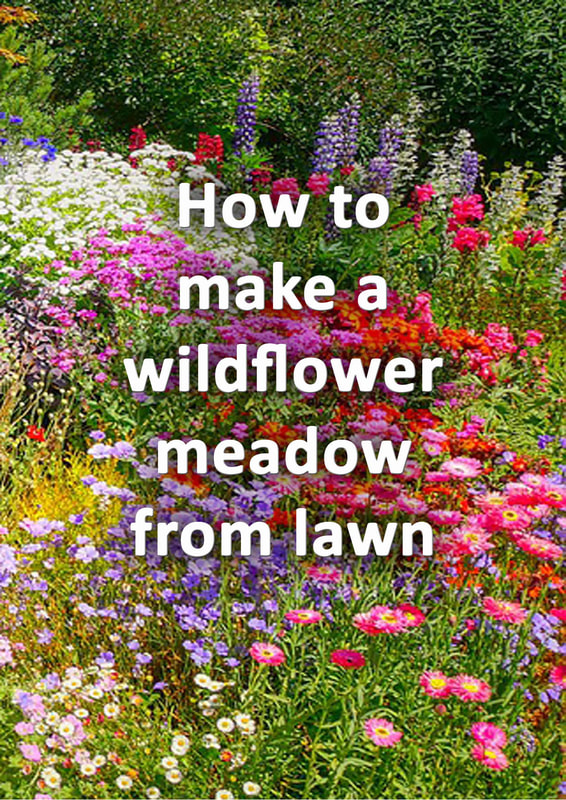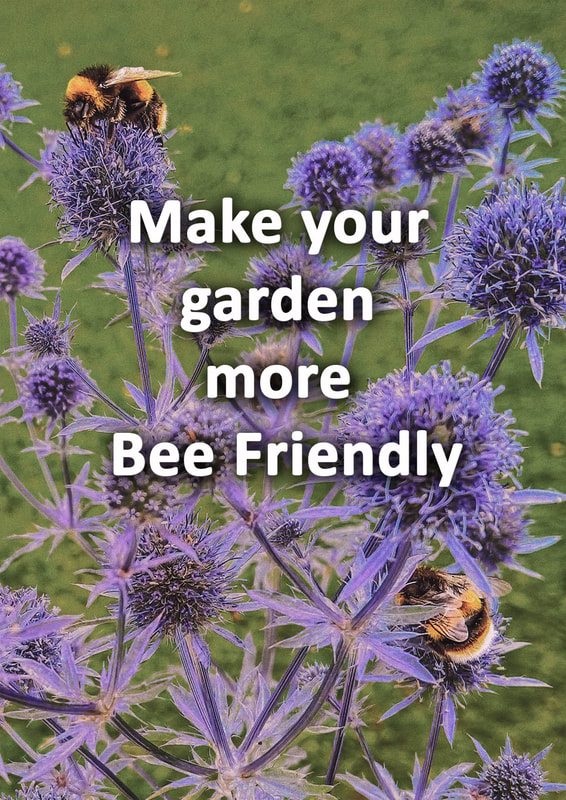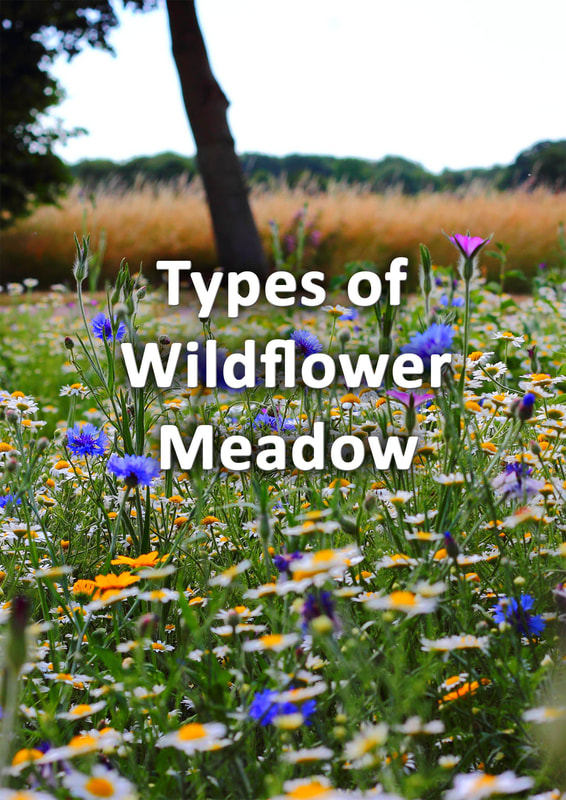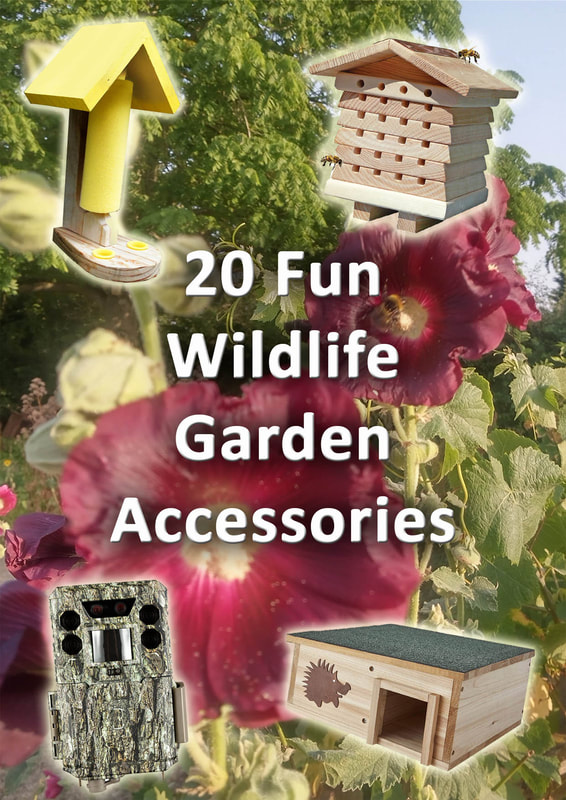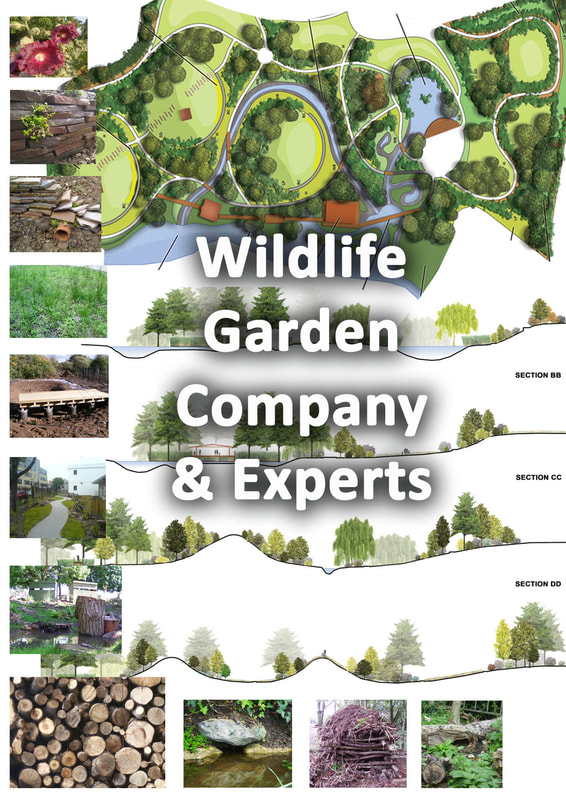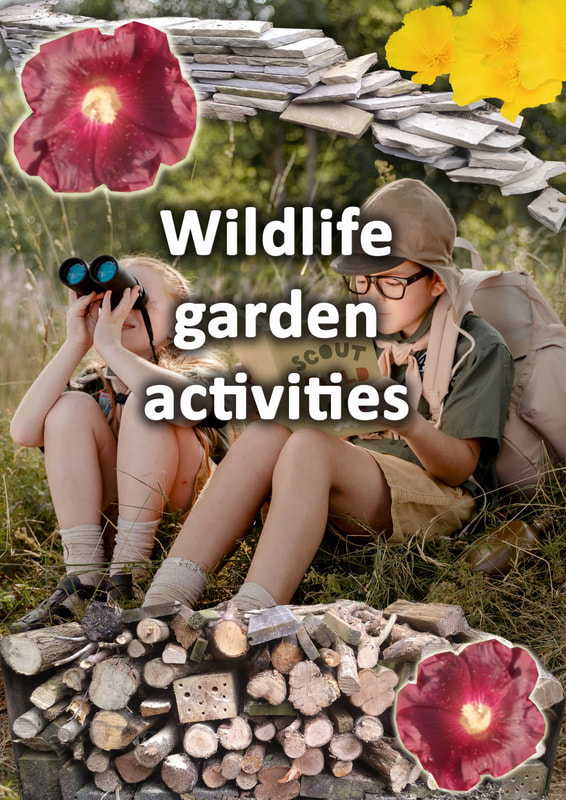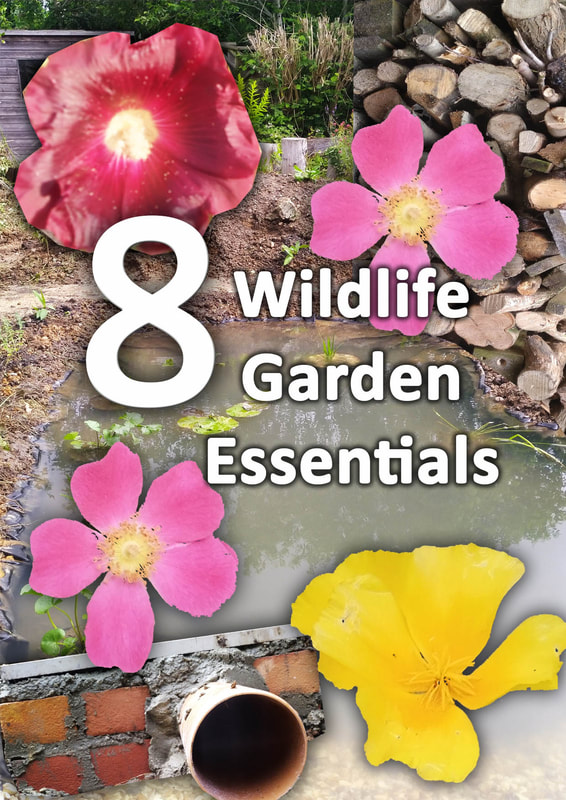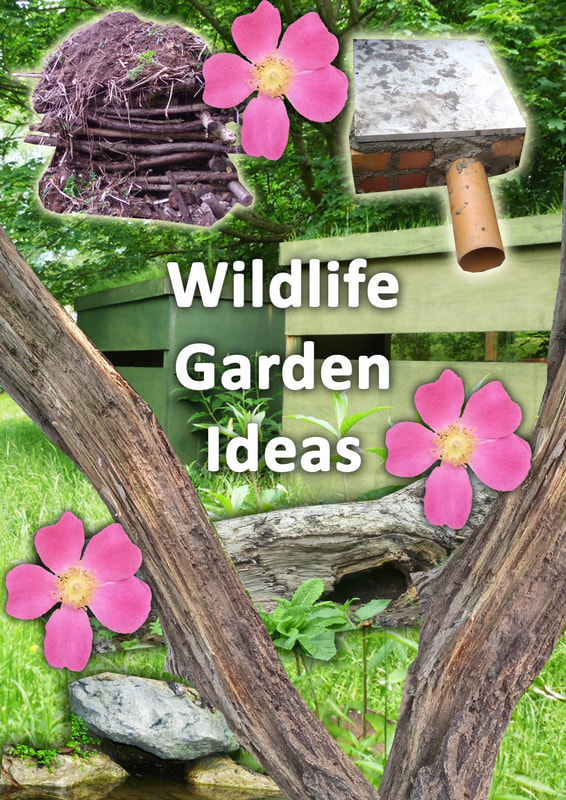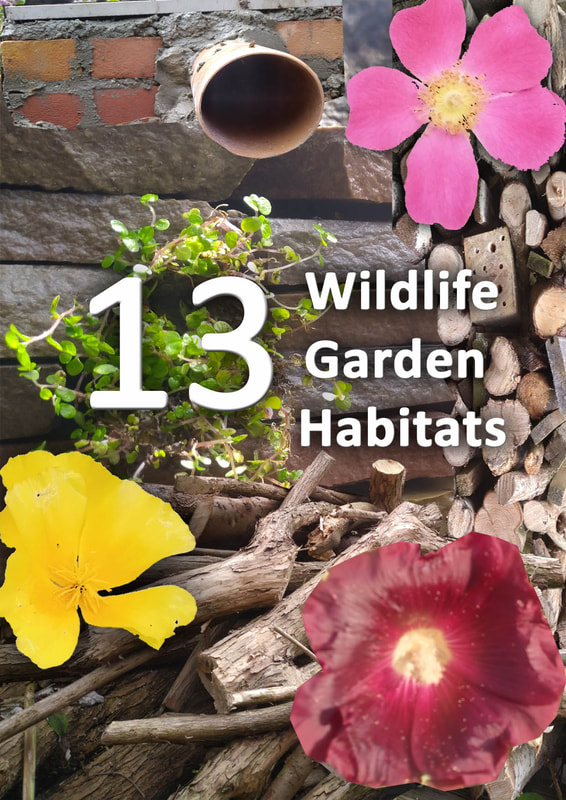|
This article contains affiliate links
Ladybirds are a small, colourful insects which are apart of the beetle family. Easily recognisable by their red colour and large black spots they are the gardener’s friend. Ladybirds are famous for their ability to devour thousands of aphids in any given area. This reputation has led gardeners to actually release ladybirds into their greenhouses and polytunnels! Like other insects ladybirds do have varying stages of development. During their larval stage ladybird larvae are fierce predators of garden pests. Consequently there question is often asked how do you attract ladybirds to your garden? In this article we will describe 10 ways to do just that! 1. Densely planted flower borders
Lady birds prefer to forage in places where they have lots of shelter and places to hide. This is so they can find safe places to hide and complete their life cycles. Well established flower borders with plants of varying sizes are very beneficial. Ladybirds like a mixture of lower herbaceous planting to larger shrub borders. They particularly love flowering plants with loads of pollen and scented herbs. 2. Grow plants ladybirds love
There are specific plants which ladybirds just find irresistible! If you have any fennel growing in your garden take a look at the plants foliage during summer months. You will normally see many small ladybird larvae walking up the stems. It is said that the plants natural aroma attracts ladybirds who feed on their rich nectar. Ladybirds also love Dill, Marigolds, Sweet alyssum, Calendula, Yarrow, Angelica, Parsley, mint, tansy and sunflowers. 3. Use less machinery
Like all insects ladybirds prefer as less human interference as possible. Using powerful gardening tools such as stirmmers and trimmers repel them from the area. Not only does the intense vibration these tools make scare the ladybirds they can also kill them. Rough and overgrown parts of the garden are where ladybirds like to nest and hide. The more garden machinery you use the more chance you have of reducing ladybird numbers. 4. Mulch borders
When attempting to attract any beneficial insect to your garden you must increase your gardens habitat value. This will encourage a whole range of wild species and encourage ecological balance. One of the most fundamental ways to achieve this is to boost soil ecology. By mulching your flower borders with woodchips you will encourage natural decomposers. This will invigorate soil ecology and boost the lower part of the food chain. Intern this will provide more food for ladybirds and encourage them to stop by your garden. Mulch is also less favourable habitat for garden ants which prey upon ladybirds. 5. Reduce ants in your gardenAnts are the arch enemy of ladybirds as their interest’s conflict within gardens. Ladybirds are famous for eating aphids such as greenfly and whitefly. The issue comes when colonies of ants strike up a symbiotic relationship with aphids. As aphids feed, they secrete a sugary and energy rich liquid from their abdomen. This is harvested by garden ants as an energy rich food. The result is a small deployment of soldier ants defending the aphids from predators. This leads to ladybirds being seen off from aphid colonies. Therefore by reducing ants in your garden you can help to encourage ladybirds. Why not read our in depth article on how to get rid of ants from your garden here. 6. Increase garden biodiversity
Biodiversity is one thing all living organisms need to survive and prosper. Diversity is the key to healthy and functioning ecosystems which can interact and flourish. This is no less the case with ladybirds and the prey they feed upon. Therefore it is important to incorporate as much diversity in your garden as possible. This means a combination of habitat types and plant species. Try to grow more plants which are native to your region and local conditions. Also try to cram in as many plant species into your garden as possible. This should be especially so for plants which provide lots of pollen and nectar for insects. Why not visit our article on how to increase garden biodiversity here. 7. Bug hotels
Lady birds need places to shelter and hide from predators throughout the year. The problem with many modern gardens is they are far too clean and tidy. In nature, ladybirds would overwinter and shelter in old trees and dead vegetation. Therefore an effective way to attract ladybirds to your garden is by installing a bug hotel. These provide lots of nooks and crannies for ladybirds to hide and feel protected. They also provide opportunities to hibernate during the winter months. Bug hotels now come in a wide range of attractive designs and colours like the one below. 8. Hibernacula’sA barrier to flourishing ladybird populations today is finding ideal places to hibernate. With urban development continuing to expand there are less untidy places for ladybirds to hide. A good way to provide hibernating opportunities in your garden is by making a hibernacula. There are no specific rules or instructions for making hibernacula’s and are open to creativity. These are basically heaps of natural materials such as rocks, vegetation, wood and soil. They are put together in a way that provides plenty of nooks and crannies for wildlife to hibernate. These are really easy and fun to make and can even become garden features or land art! 9. Meadows
Meadows are grasslands which are allowed to grow long throughout the season. Traditionally meadows were grown during the summer to provide food and bedding for livestock. With modern agricultural feeds there is no longer the need to manage grasslands in this way. The problem is, meadows have historically provided bountiful food and shelter for insects including ladybirds. Wildflower meadows create the perfect conditions for ladybirds to feed and find prey. Therefore a good way to attract ladybirds is to establish a wildflower meadow. You do not even have to invest time and money replacing old lawn areas. Just by simply allowing one part of your lawn to grow much longer will be a big help. 10. Don’t use chemicalsOne of the biggest threats to ladybirds today is using insecticides and other chemical concoctions. When experiencing an invasion of garden pests it is easy to reach for such quick solutions. The problem is, in the long run, insecticides lead to even more pests such as aphids. Such chemicals kill plant pests but also kill their predators like ladybirds. This means the following season you end up with less natural predators and more pests. Predatory species being higher up the food chain means they are naturally less in number. This gives pests the advantage when insects like ladybirds are killed by chemicals. If you wish to attract ladybirds to your garden never use chemicals! Wildlife garden services
Buckinghamshire landscape gardeners are experts in wildlife garden design and construction. Acting as the domestic landscaping part of Ecospaces we have over 20 years' experience in ecological landscaping and sustainable construction. If you are interested in our wildlife garden services, please do not hesitate to contact us. Our wildlife garden services include:
|
The Author
|
Landscaping services across Buckinghamshire, Amersham, Aylesbury & High Wycombe
Hyde Heath, Amersham, Buckinghamshire |
|

